Discover the best foods to reverse diabetes in 30 days. Manage sugar levels easily with these simple, nutritious meal ideas.
You’ve probably heard people say, “You can’t reverse diabetes.” But here’s the truth: research says otherwise.
According to the CDC, over 38 million Americans live with diabetes, yet studies show that the right foods can significantly lower blood sugar and even reverse early-stage type 2 diabetes in as little as a month. Crazy, right?
In this guide, we’ll break down exactly what to eat from fatty fish to citrus fruits to help you stabilize your sugar levels fast.
And no, it’s not about giving up flavor or joy just smarter, science-backed choices that actually work.
Best Foods to Reverse Diabetes Naturally
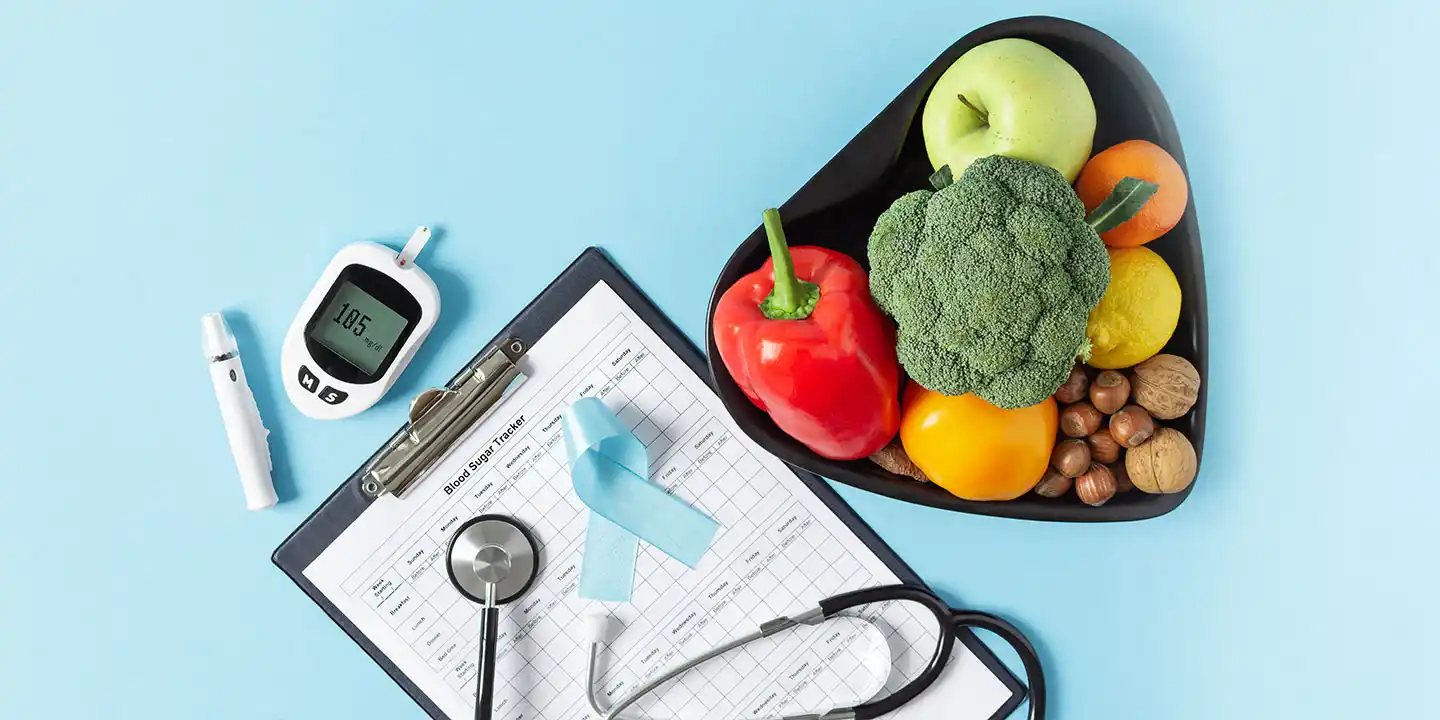
1. Fatty Fish (Boosts insulin sensitivity and heart health)
Ever wondered why doctors love salmon and sardines? Fatty fish are rich in omega-3 fatty acids, which help reduce inflammation and enhance your body's sensitivity to insulin.
Studies published in the Journal of Clinical Endocrinology & Metabolism found that omega-3s can lower fasting glucose and improve cholesterol levels in people with type 2 diabetes.
Why it helps:
-
Improves insulin function for better blood sugar control.
-
Supports heart health, which is crucial since diabetes raises heart disease risk.
-
Keeps you full longer, helping with weight management.
How to include it: Try grilled salmon for lunch or baked mackerel for dinner. Even two servings per week can make a difference.
2. Citrus Fruits (Rich in antioxidants for blood vessels)
Citrus fruits like oranges, lemons, and grapefruits do more than add a zesty flavor; they’re loaded with vitamin C and flavonoids that protect your blood vessels. According to the National Institutes of Health (NIH), people who eat citrus daily show lower blood sugar spikes and better insulin balance.
Why it helps:
-
Vitamin C reduces oxidative stress linked to diabetes.
-
Improves blood circulation and protects against damage to small blood vessels.
-
Helps your immune system stay strong.
Tip: Eat whole fruits instead of juice to keep the fiber, which slows sugar absorption.
3. Plain Yogurt (Improves gut health and blood glucose balance)
You might be surprised, but your gut health plays a huge role in blood sugar control. Plain, unsweetened yogurt is rich in probiotics, friendly bacteria that help your body digest food better and maintain stable sugar levels.
A Harvard Health study found that people who regularly ate yogurt had a 17% lower risk of developing type 2 diabetes.
Why it helps:
-
Probiotics improve gut balance and reduce inflammation.
-
Contains protein and calcium for muscle and bone health.
-
Keeps blood sugar steady after meals.
How to enjoy it: Add a handful of nuts or seeds for crunch, or mix with berries for a sweet, diabetes-safe snack.
4. Whole Grains (Enhances blood sugar regulation and digestion)
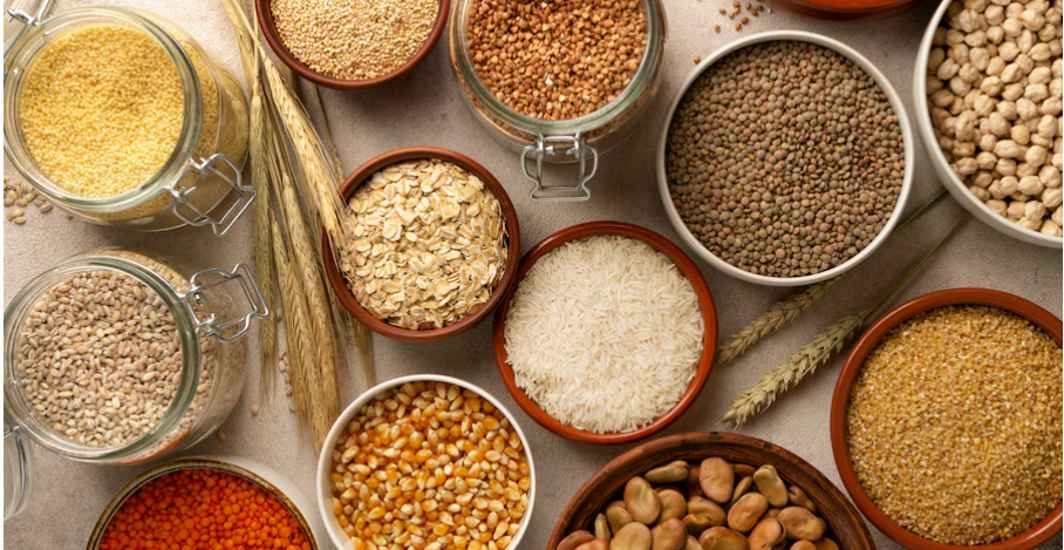
Whole grains like brown rice, oats, and quinoa are rich in fiber and protein foods. They slow down glucose absorption, which helps maintain steady blood glucose levels after meals.
According to the American Diabetes Association, people who eat more whole grains show better insulin sensitivity and lower risk of heart disease.
Why it works:
-
Improves blood sugar regulation
-
Supports digestion and keeps you full
-
Reduces the risk of chronic disease
Tip: Choose whole-grain bread instead of white bread. Your body will thank you!
5. Non-Starchy Vegetables (Keeps blood glucose levels steady)
Think broccoli, spinach, cauliflower, and peppers. These non-starchy vegetables are low in added sugar and fewer calories, but packed with vitamins and minerals. Studies show that eating more of them improves blood sugar control and helps you lose weight safely.
Why it works:
-
Stabilizes blood glucose levels
-
Promotes a healthy weight
-
Supports disease control naturally
Try this: Fill half your plate with veggies before adding anything else. It’s an easy way to eat smarter.
6. Nuts and Seeds (Packed with healthy fats and soluble fiber)
Almonds, chia seeds, and walnuts are small but powerful. They’re loaded with healthy fats, soluble fiber, and protein that improve insulin sensitivity and help manage diabetes. Research from Harvard Health found that adding nuts daily supports heart health and reduces blood sugar spikes.
Why it works:
-
Helps regulate blood sugar naturally
-
Boosts cholesterol levels for a healthy heart
-
Keeps you full, supporting weight loss goals
Snack idea: A handful of mixed nuts a day can do wonders for your blood sugar control and overall health.
7. Lean Meats and Eggs (Great for excess weight loss)
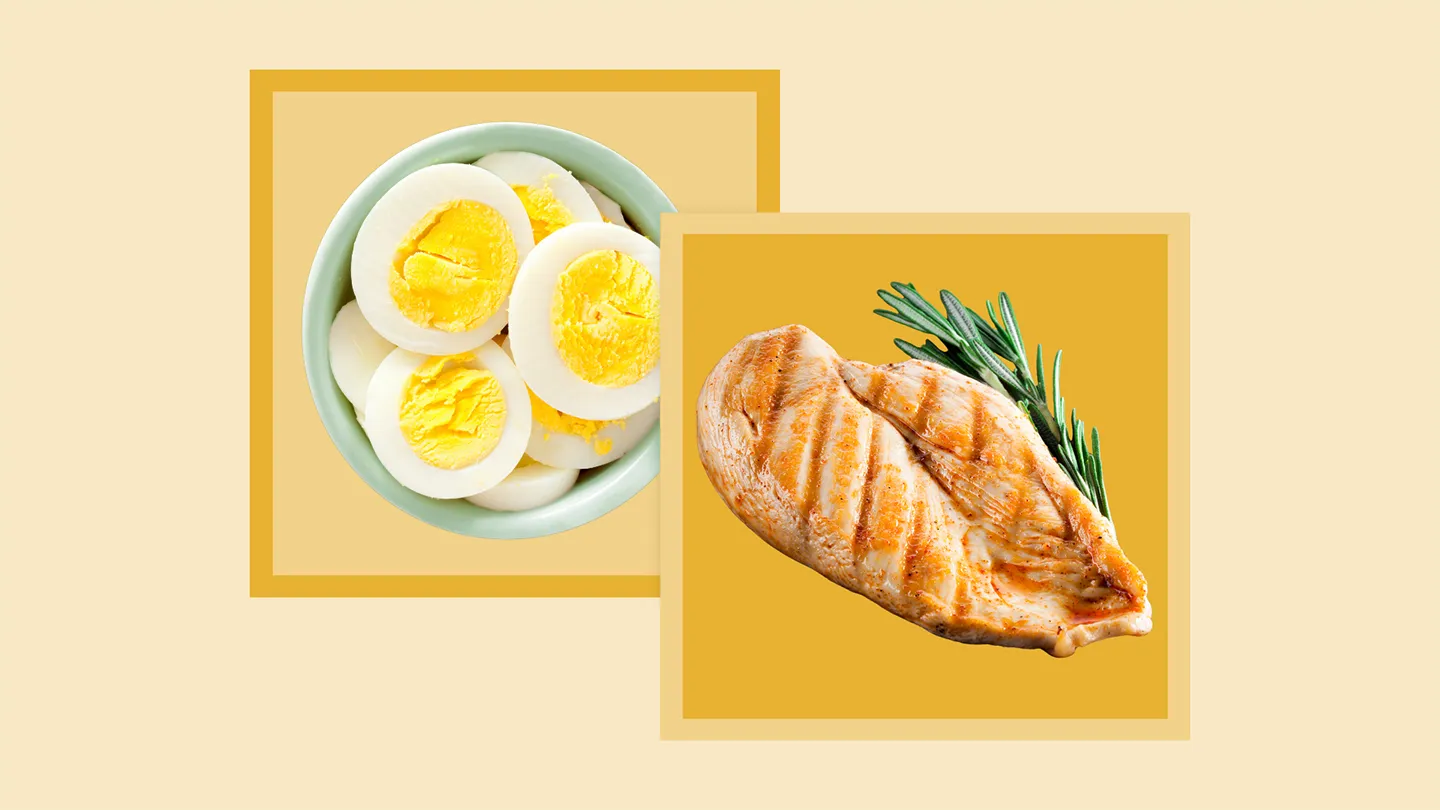
Lean meats like chicken and turkey, along with eggs, are excellent protein foods. They’re low in refined carbs and high in nutrients that improve insulin sensitivity and blood sugar regulation.
Why it helps:
-
Promotes healthy weight and muscle strength
-
Helps regulate blood sugar levels naturally
-
Keeps you full longer, preventing overeating
Tip: Grill or boil instead of frying for fewer calories and better results.
8. Unsweetened Tea (Helps regulate blood sugar and reduce mental stress)
Unsweetened green or black tea can be a game changer for diabetes management. Studies show it supports blood sugar control and lowers cholesterol levels. Plus, tea contains antioxidants that fight chronic disease and reduce mental stress.
Why it helps:
-
Aids glycemic control and better insulin sensitivity
-
Supports heart health and relaxation
-
Hydrates the body without added sugar
Experts also suggest that balancing catecholamine and adrenergic signals can help the body manage symptoms of diabetes more effectively.
Try this: Replace soda or sweetened coffee with a warm cup of green tea daily.
9. Citrus and B Vitamins (Support pancreatic function and energy levels)
Citrus fruits like oranges and lemons, along with B vitamins, play a big role in supporting the pancreas, which makes insulin. These nutrients also help in blood glucose regulation and energy production.
Why it helps:
-
Enhances pancreatic hormone secretion
-
Improves blood glucose levels and energy
-
Reduces disease control challenges over time
Quick tip: Add a slice of lemon to your tea or eat a whole orange daily, your body will thank you!
10. Plant-Based Proteins (Aid weight management and diabetes care)
Plant-based proteins like beans, lentils, tofu, and chickpeas are packed with fiber and healthy fats. They digest slowly, helping you regulate blood sugar levels and avoid sudden spikes.
According to the American Diabetes Association, a plant-rich diet can lower the risk of heart disease and improve insulin sensitivity in people with type 2 diabetes mellitus.
Why it helps:
-
Promotes a healthy weight and supports blood sugar control
-
Reduces cholesterol levels and protects your heart
-
Provides several health benefits without refined carbs
Simple tip: Swap red meat for lentil soup or a tofu stir-fry twice a week. It’s filling, tasty, and proven to improve overall health while helping you reverse diabetes naturally.
“Ready to take the guesswork out of meal planning? Get personalized meal plans with My Balance Bite & groceries delivered tailored to your blood sugar needs.”
Key Health Benefits of Following a Diabetes-Friendly Diet
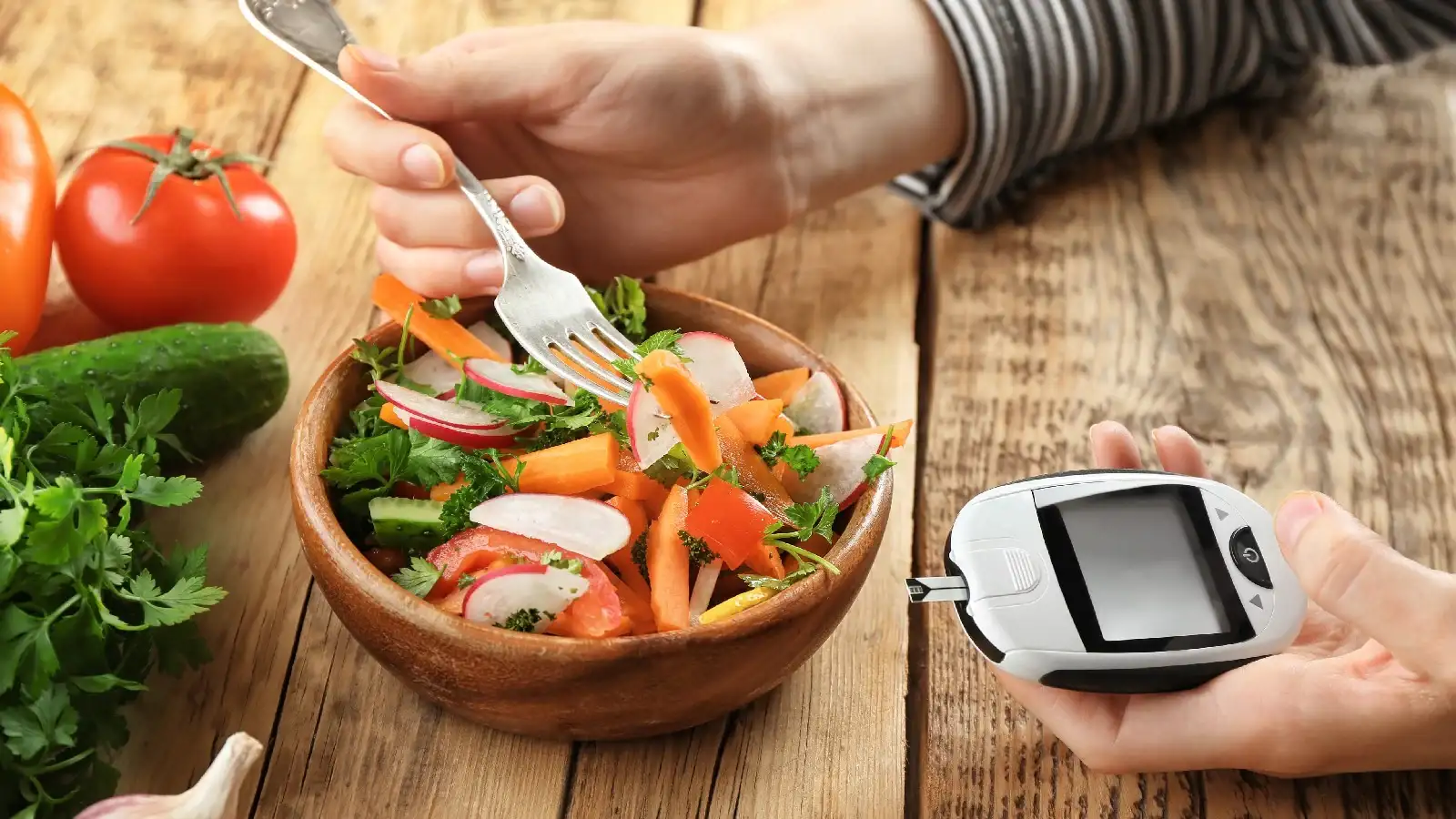
-
Better Blood Sugar Control: Choosing healthy foods like non-starchy vegetables, nuts, and whole fruits helps you regulate blood sugar and keep your energy steady throughout the day. Eating balanced meals with fiber and protein supports glycemic control and lowers sugar spikes.
-
Improved Insulin Sensitivity: A smart diet rich in fatty fish, whole grains, and healthy fats can make your body respond better to insulin. Studies in Harvard Health show that omega-3 fatty acids and plant-based proteins help improve insulin sensitivity and reduce insulin resistance.
-
Supports Heart Health: People with diabetes mellitus have a higher chance of developing heart disease or high blood pressure. A diet low in sodium and rich in cholesterol-lowering foods like nuts, citrus fruits, and whole grains keeps your blood vessels healthy and improves circulation.
Fact: The CDC reports that a balanced diet can reduce the risk of cardiovascular disease by up to 30%.
-
Promotes Healthy Weight Management: Eating protein foods like eggs, tofu, and legumes helps you stay full longer and avoid overeating. This supports weight loss and maintains a healthy weight without cutting out important nutrients.
-
Reduces Risk of Chronic Diseases: A diet full of whole grains, non-starchy vegetables, and healthy fats protects against chronic diseases like kidney disease and heart disease. It lowers blood pressure, improves cholesterol levels, and supports long-term disease control.
-
Enhances Mental and Physical Energy: Stable blood glucose means a clearer mind and more energy. Unsweetened tea, B vitamins, and lean meats can help reduce mental stress and improve focus. With better blood sugar control, you’ll feel less tired and more active.
Diet Tips and Lifestyle Habits That Support Diabetes Management
1. Choose Whole, Unprocessed Foods
Eat whole foods like whole grains, non-starchy vegetables, lean meats, and plant-based proteins. Avoid refined carbs, sugary snacks, and highly processed meals.
-
Fill half your plate with vegetables such as broccoli, spinach, or cauliflower.
-
Choose brown rice, oats, or quinoa instead of white rice or bread.
-
Read food labels; fewer ingredients usually mean a healthier choice.
-
Include healthy fats from nuts, seeds, or olive oil for balanced blood sugar regulation.
2. Eat Smaller, Balanced Meals Throughout the Day
Don’t eat large, heavy meals. Instead, have smaller, balanced portions that include protein foods, healthy fats, and whole fruits spread evenly throughout the day.
-
Plan five small meals instead of three big ones.
-
Combine carbs with protein, for example, apple slices with peanut butter or yogurt with seeds.
-
Avoid skipping meals to prevent sudden blood sugar spikes or drops.
-
Keep snacks like nuts or boiled eggs handy to manage hunger and regulate blood sugar.
3. Stay Hydrated with Healthy Drinks
Drink plenty of water and choose healthy drinks like unsweetened tea or lemon water. Avoid sugary sodas, energy drinks, or packaged juices with added sugar.
-
Drink 8–10 glasses of water daily.
-
Add slices of lemon, cucumber, or mint for flavor without calories.
-
Have a cup of unsweetened green tea to support heart health and cholesterol levels.
-
Limit caffeine it can dehydrate you and raise blood glucose levels if mixed with sugar.
4. Cut Down on Added Sugar and Refined Carbs
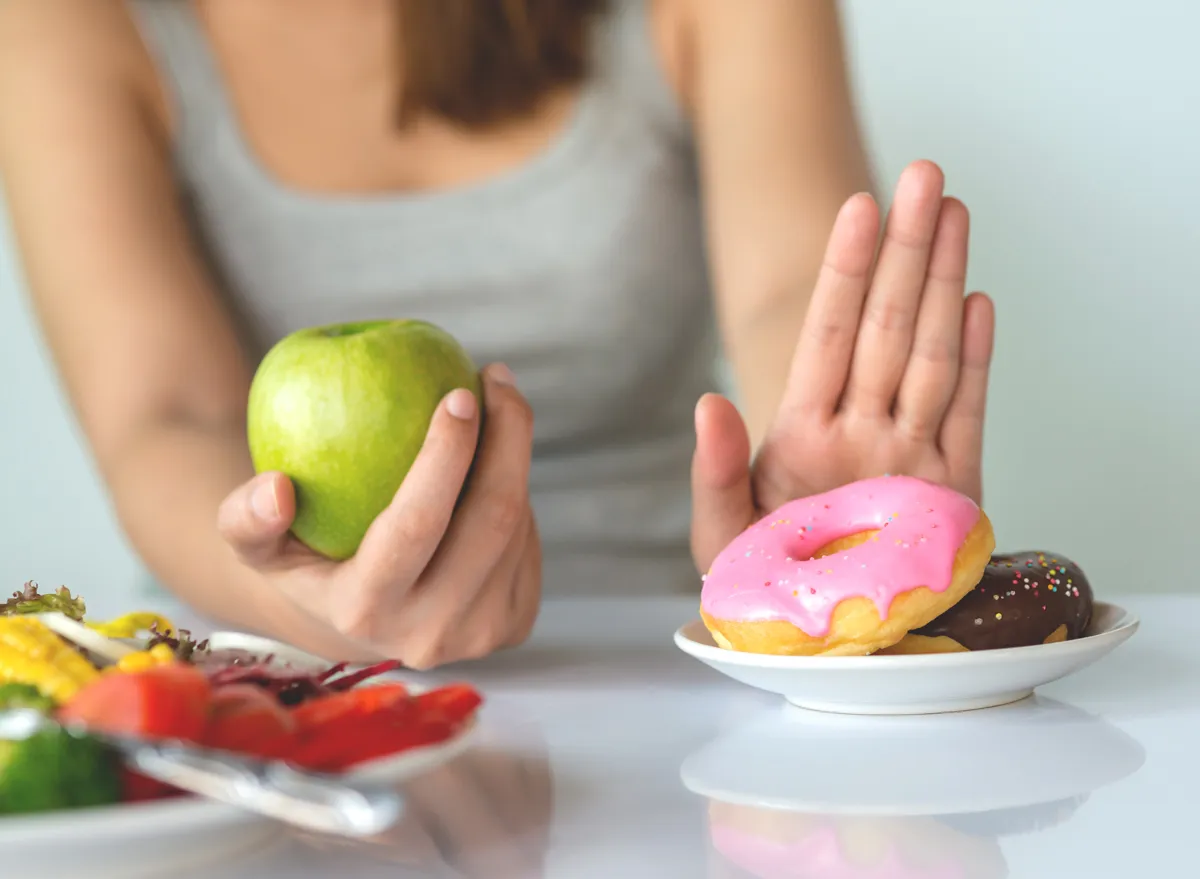
Limit foods that contain added sugar or refined carbs, like white bread, desserts, and sugary drinks. These foods cause quick spikes in blood glucose levels, making it harder to manage diabetes mellitus.
-
Choose whole grains such as brown rice, oats, or quinoa instead of white rice.
-
Replace soda with unsweetened tea or lemon water.
-
Read food labels carefully, even “low-fat” products can hide sugar.
-
Enjoy fruits like berries and citrus in moderation for natural sweetness.
5. Incorporate Physical Activity Daily
Move your body every day. Regular physical activity helps your body use insulin better and keeps blood glucose levels in check.
-
Start with 30 minutes of walking, cycling, or swimming.
-
Add light resistance training twice a week to build strength.
-
Stay active during the day take stairs, stretch, or walk while talking on the phone.
Quick Tip: You don’t need a gym even simple home workouts or a morning walk can make a big difference.
6. Manage Mental Stress
Keep your mind calm. High mental stress can raise blood sugar levels and make it harder to manage your diabetes care routine.
-
Try meditation, deep breathing, or yoga for 10 minutes daily.
-
Spend time outdoors or listen to music you enjoy.
-
Get enough sleep; poor rest can disrupt blood sugar control.
When to Seek Advice from a Health Care Professional

1. If Blood Sugar Levels Drop Too Quickly
If you notice dizziness, shaking, or confusion, your blood sugar levels might have fallen too low. This can happen if you skip meals or take too much insulin.
-
Check your blood glucose levels right away.
-
Eat or drink something sugary like fruit juice or glucose tablets.
-
Contact a health care professional if your symptoms continue.
Sudden drops can lead to fainting or even a medical emergency. Quick action keeps your overall health and glycemic control stable.
2. When Making Changes to Medication or Insulin
Never change your insulin or medicine doses without medical advice. Even if your blood sugar regulation improves, your doctor needs to guide the process.
-
Discuss dosage changes with your doctor.
-
Track your blood sugar using a home monitor.
-
Inform your care team about your diet and physical activity levels.
3. Before Considering Bariatric Surgery for Diabetes
If your body weight is high and diet changes aren’t working, your doctor might discuss bariatric surgery or metabolic and bariatric surgery options.
-
Get tested to see if you qualify.
-
Ask about clinical trials or randomized controlled trials for new weight-loss procedures.
-
Discuss possible health problems like nutrient loss or insulin resistance before surgery.
4. If Weight Loss or Gain Becomes Extreme
Track your weight gain or weight loss closely. Sudden changes may show that your diet changes or medications need review.
-
Use a weekly tracker or mobile app.
-
Share results with your doctor or dietitian.
-
Adjust your healthy diet to include balanced protein foods and healthy fats.
Extreme body weight changes can affect your pancreatic hormone secretion, making it harder to manage diabetes mellitus.
5. When Reviewing Clinical Trials or New Treatments
If you’re exploring new treatments or research-backed diets, talk to your doctor before joining a clinical trial.
-
Read all documents carefully.
-
Ask about side effects or significant improvements seen in similar patients.
-
Check if the trial aligns with your current diabetes management plan.
Your health care team ensures you stay protected and receive the right follow-up care while trying new methods to reverse diabetes safely.
FAQs

1. Can you reverse diabetes in 1 month?
-
It’s possible to see significant improvements in blood sugar levels within a month through the right diet and physical activity.
-
However, reversing diabetes completely depends on your body weight, age, and how early it’s diagnosed. Always talk to a health care professional before making big lifestyle changes.
2. How to reduce diabetes in pregnancy?
-
Gestational diabetes can often be managed with healthy habits. Eat whole grains, lean meats, and healthy fats while avoiding processed food and refined carbs.
-
Light moderate exercise such as walking helps maintain blood sugar regulation. A health care professional will guide you through safe targets for blood sugar levels during pregnancy.
3. What not to eat with diabetes?
-
Avoid added sugar, fried foods, and processed snacks that can damage blood vessels and spike blood glucose.
-
Stay away from sugary drinks and limit white rice, pastries, and sodas. Instead, focus on nutritious foods that keep your energy steady and support overall health.
4. Is it safe to skip medication and rely only on healthy foods?
-
No never skip prescribed medicine without talking to your health care professional. While foods can improve blood sugar control, medication helps maintain balance when lifestyle alone isn’t enough.
-
The safest approach is combining healthy lifestyle habits, balanced diet, and professional guidance to stay healthy long-term.
Conclusion
Following the right foods can truly change your life. Small steps like eating whole grains, staying active through physical activity, and avoiding refined carbs can help you manage your blood sugar levels naturally.
Remember, every person’s body is different; some may need a specific weight loss plan or guidance from a health care expert.
If you have health concerns or are an obese patient, always speak with your doctor before making big lifestyle changes. Managing non insulin dependent diabetes takes consistency, not shortcuts. Stay positive, eat smart, and take care of yourself — real progress starts with small, daily choices.
“Don’t wait to start your health journey. Visit MyBalanceBite.com and take the first step toward reversing diabetes with real, healthy foods.”



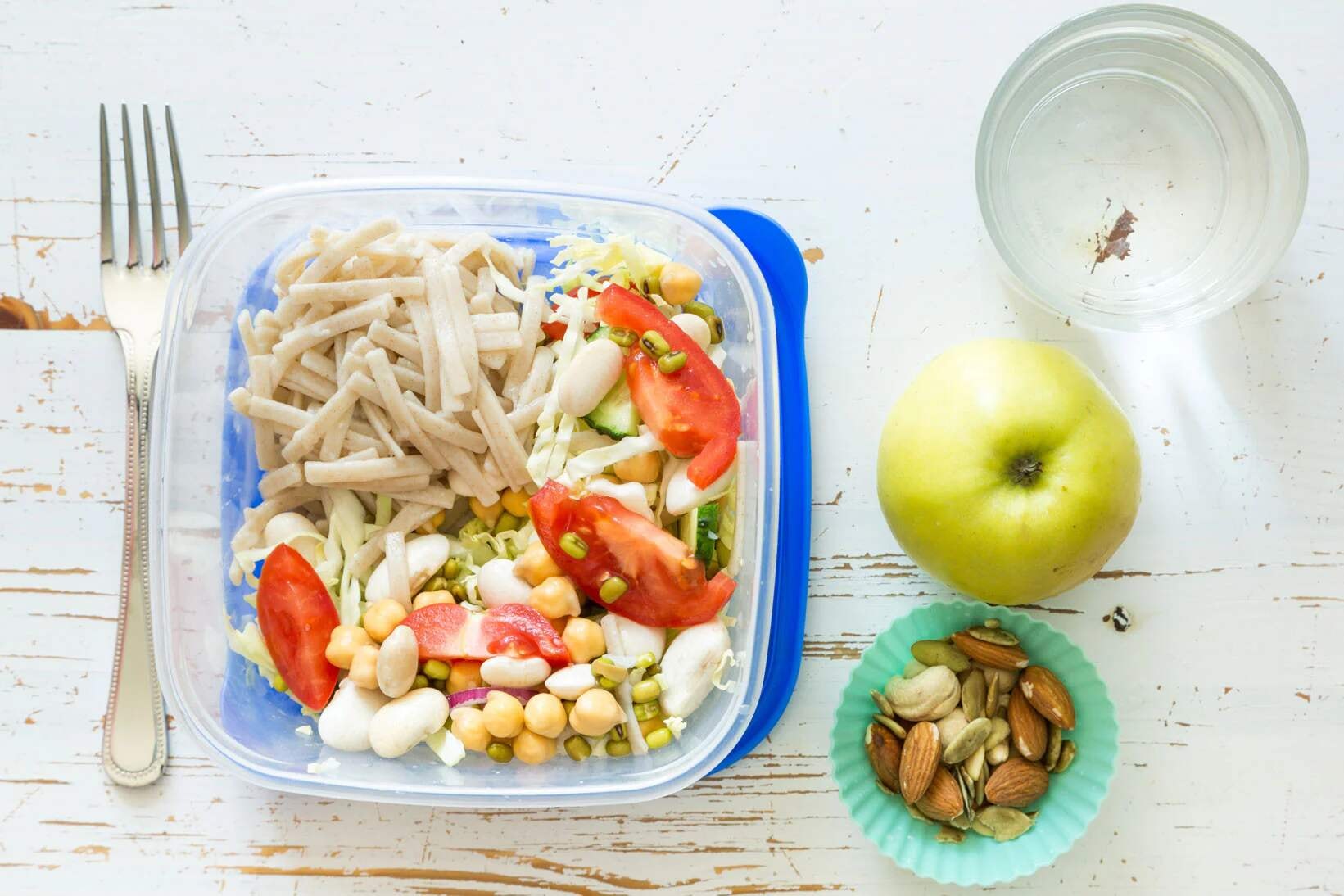
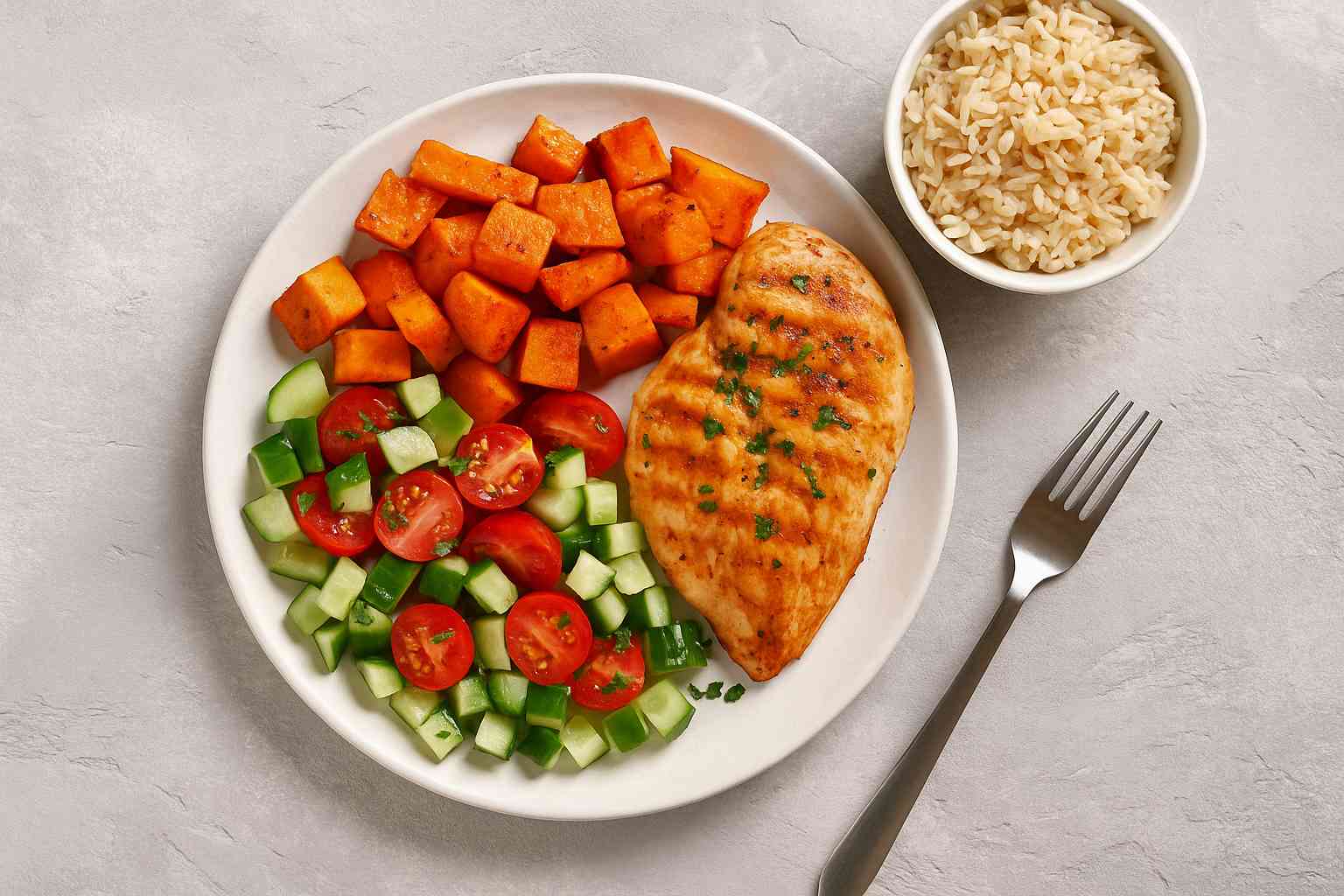
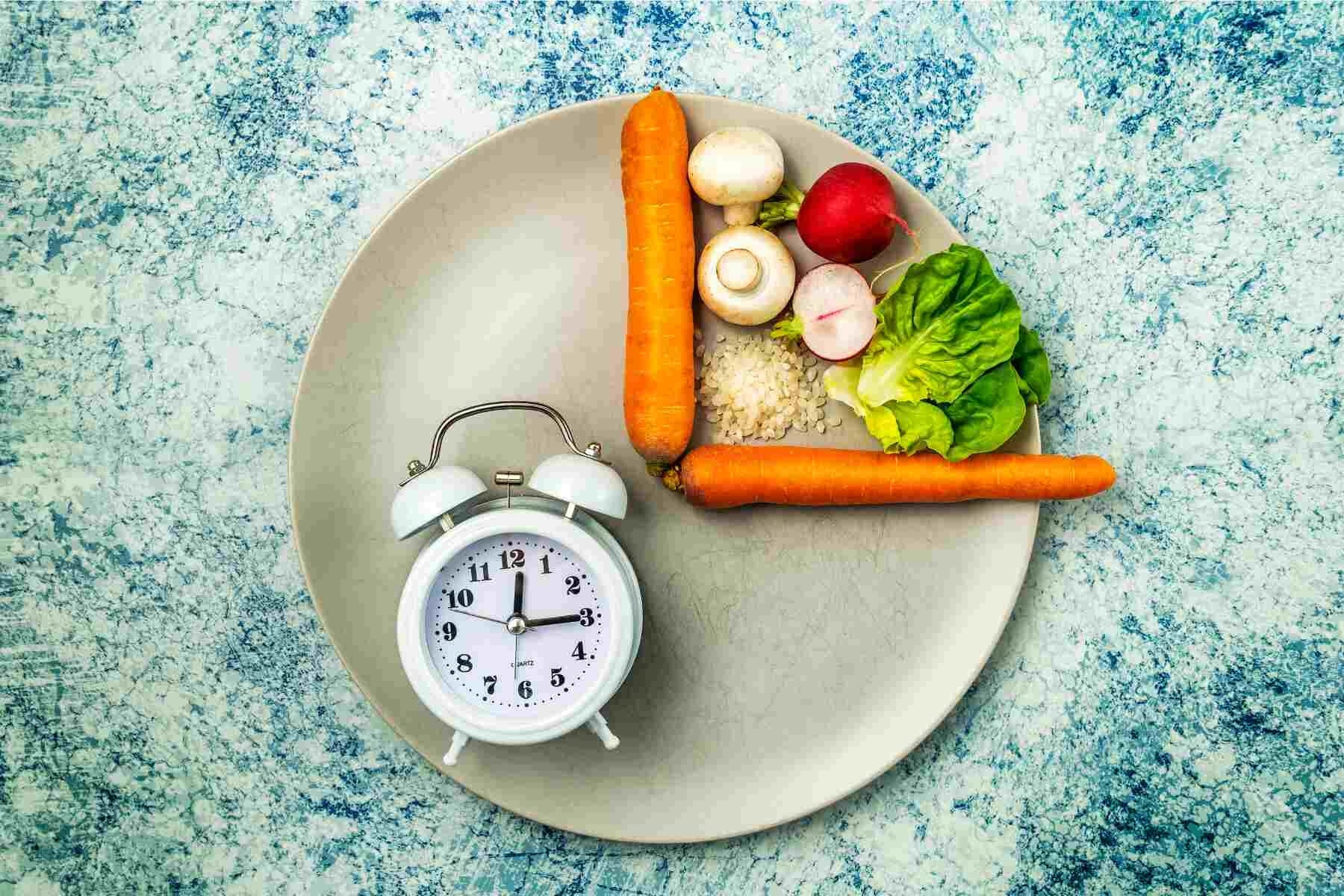

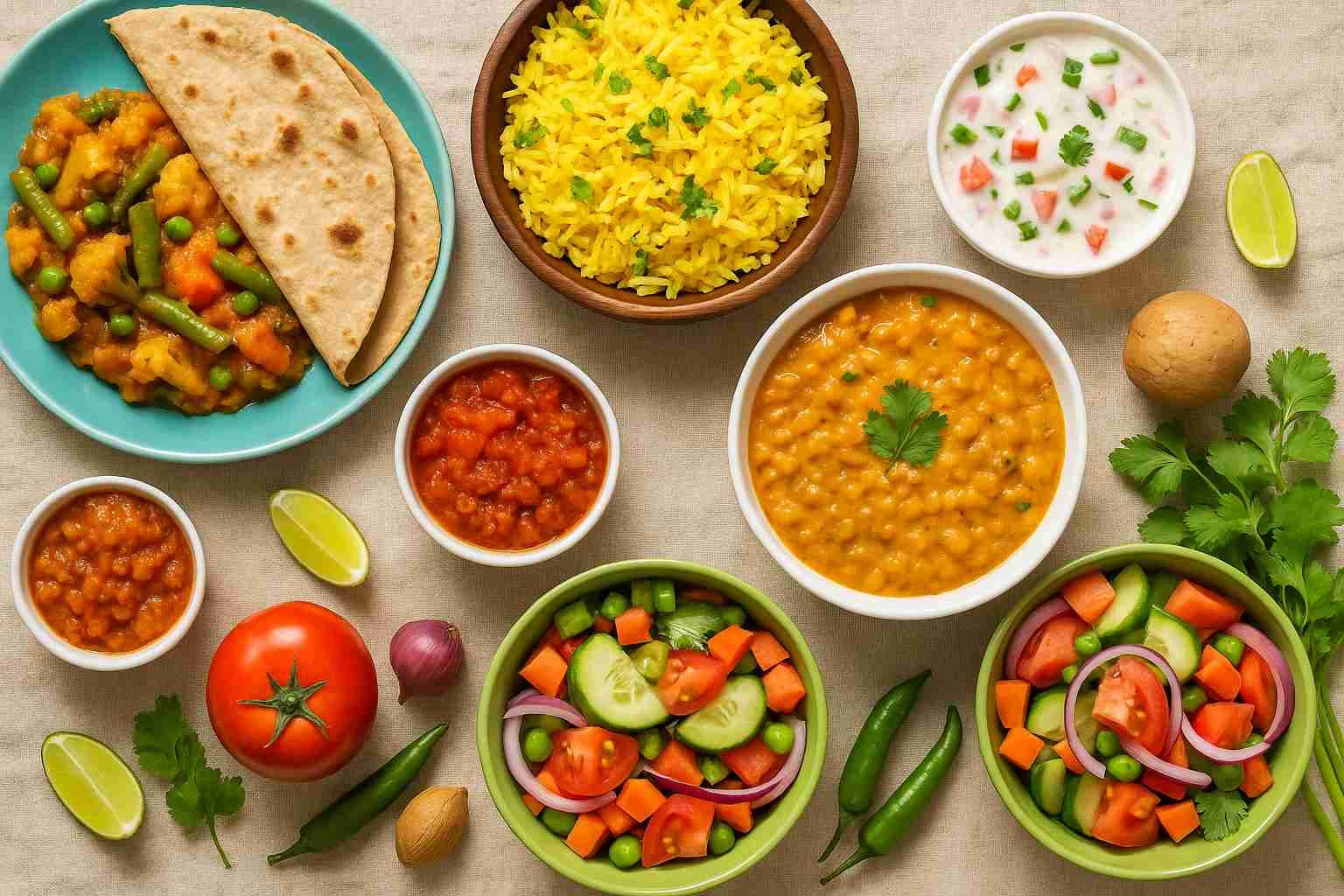
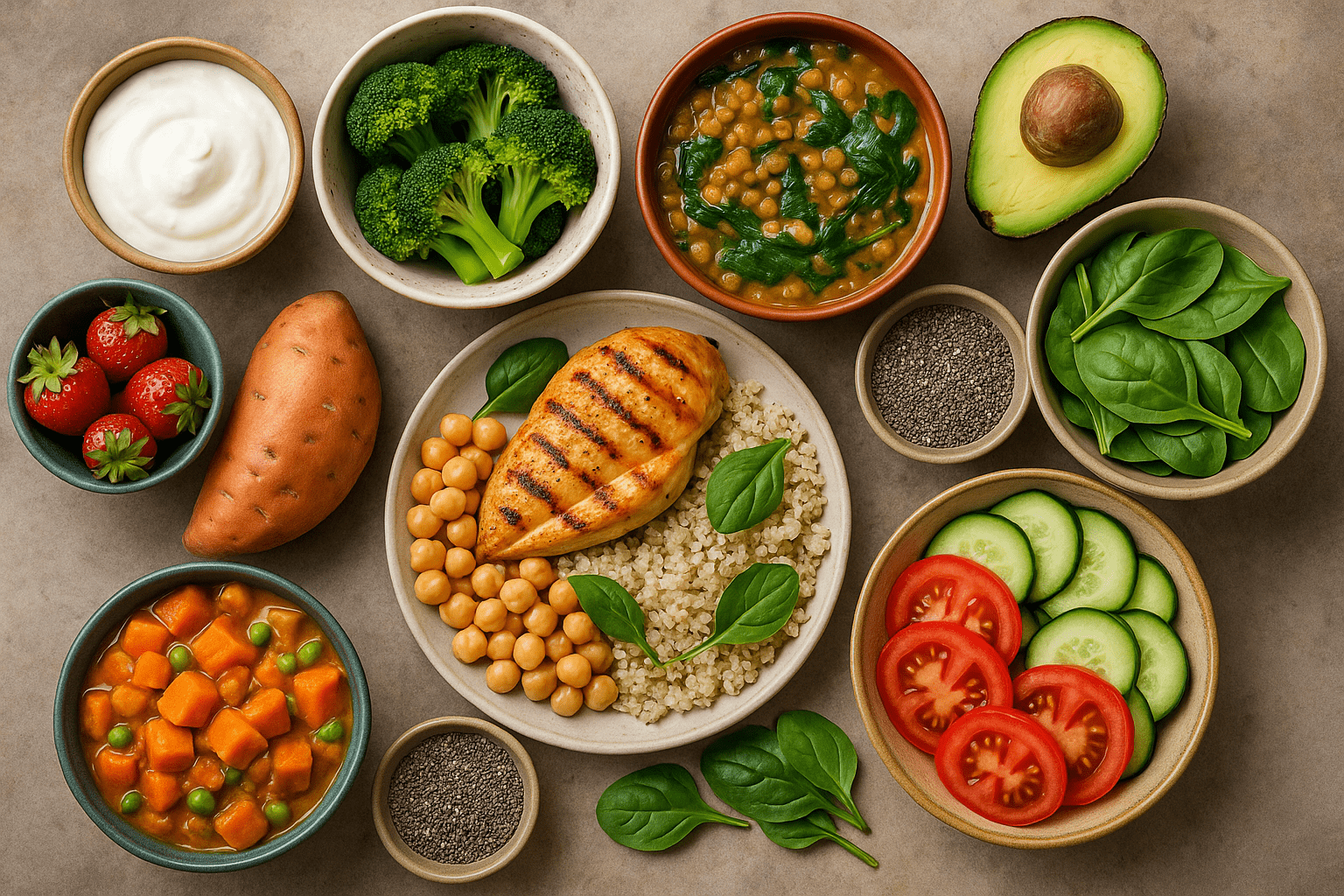
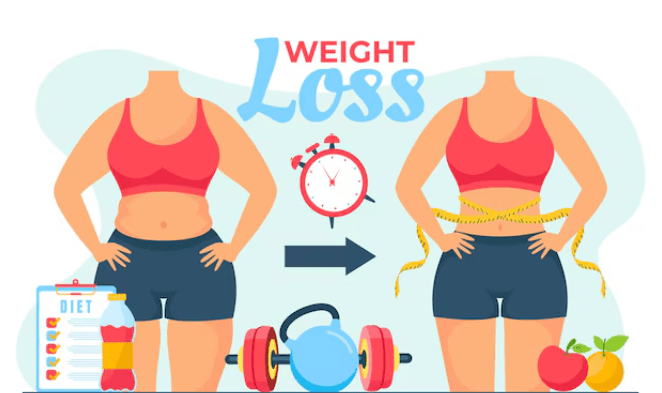

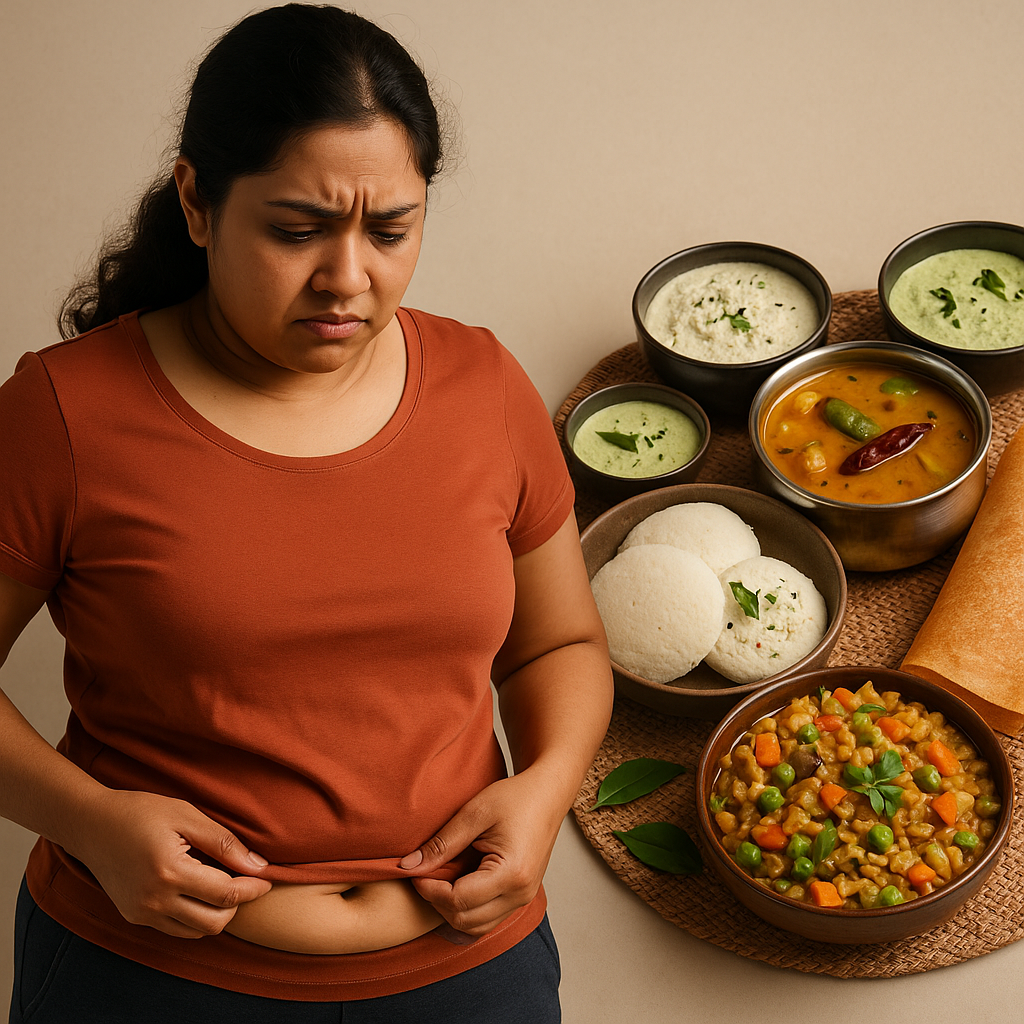
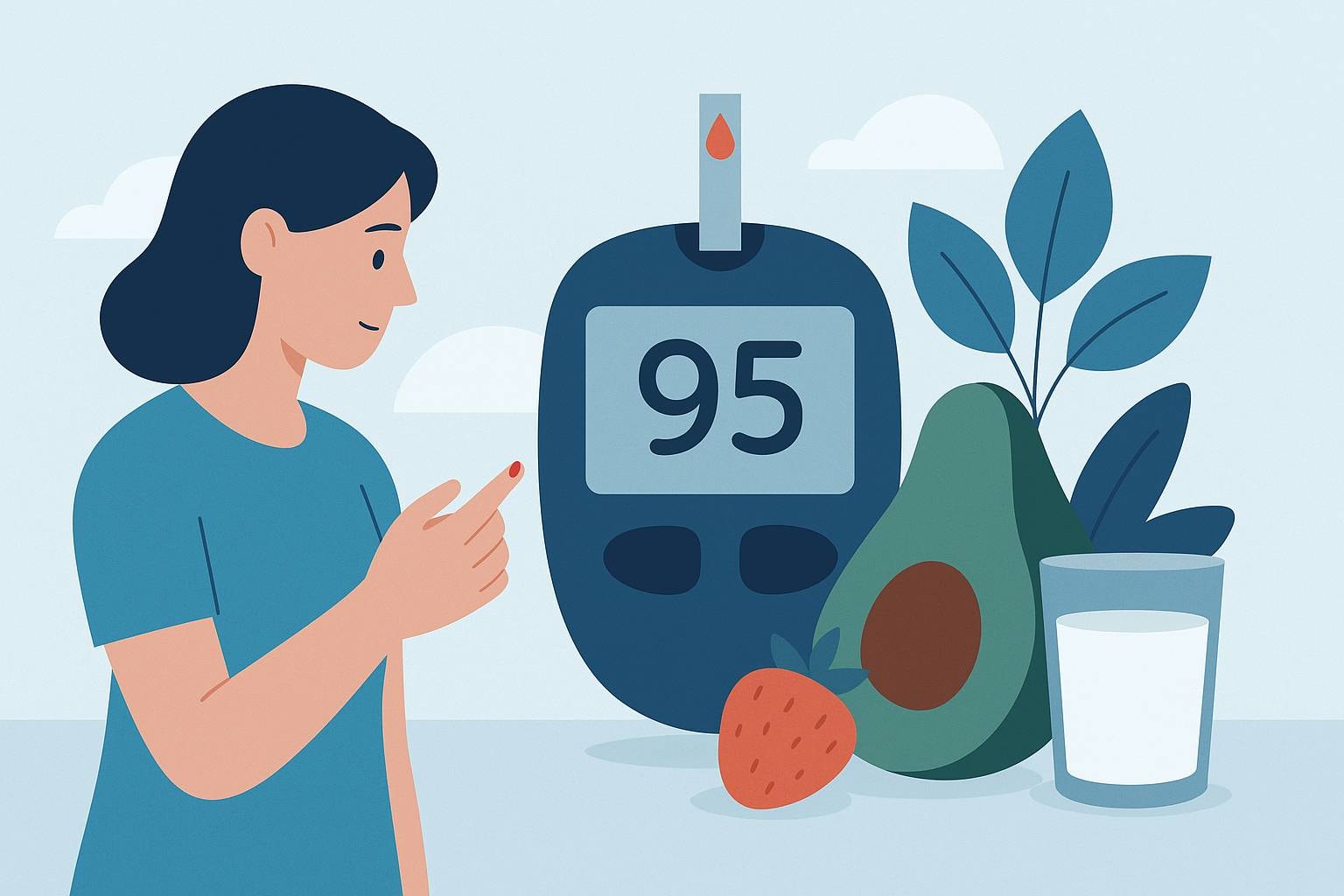
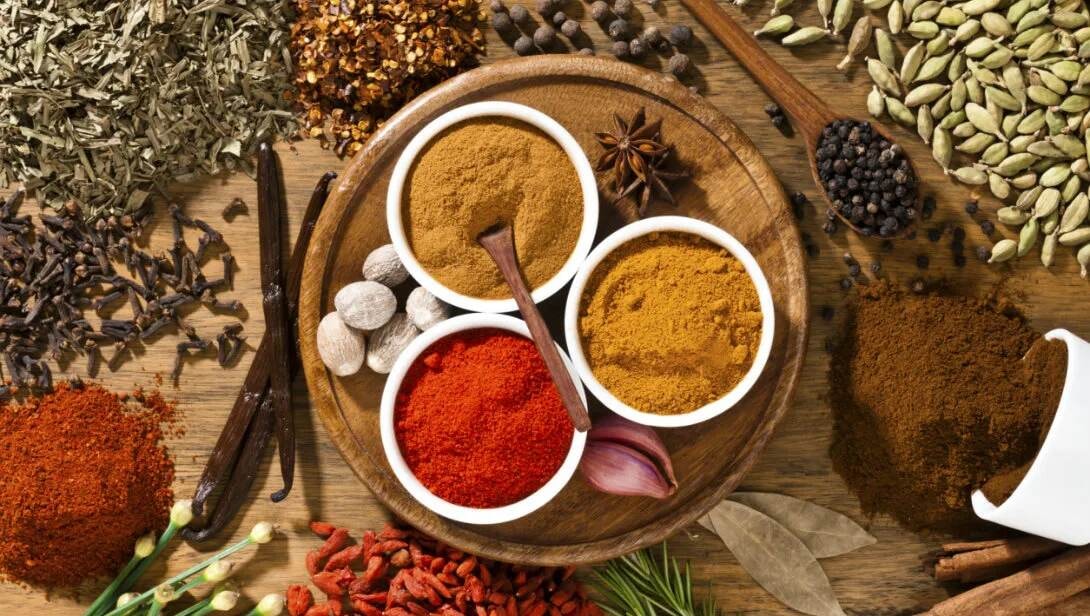
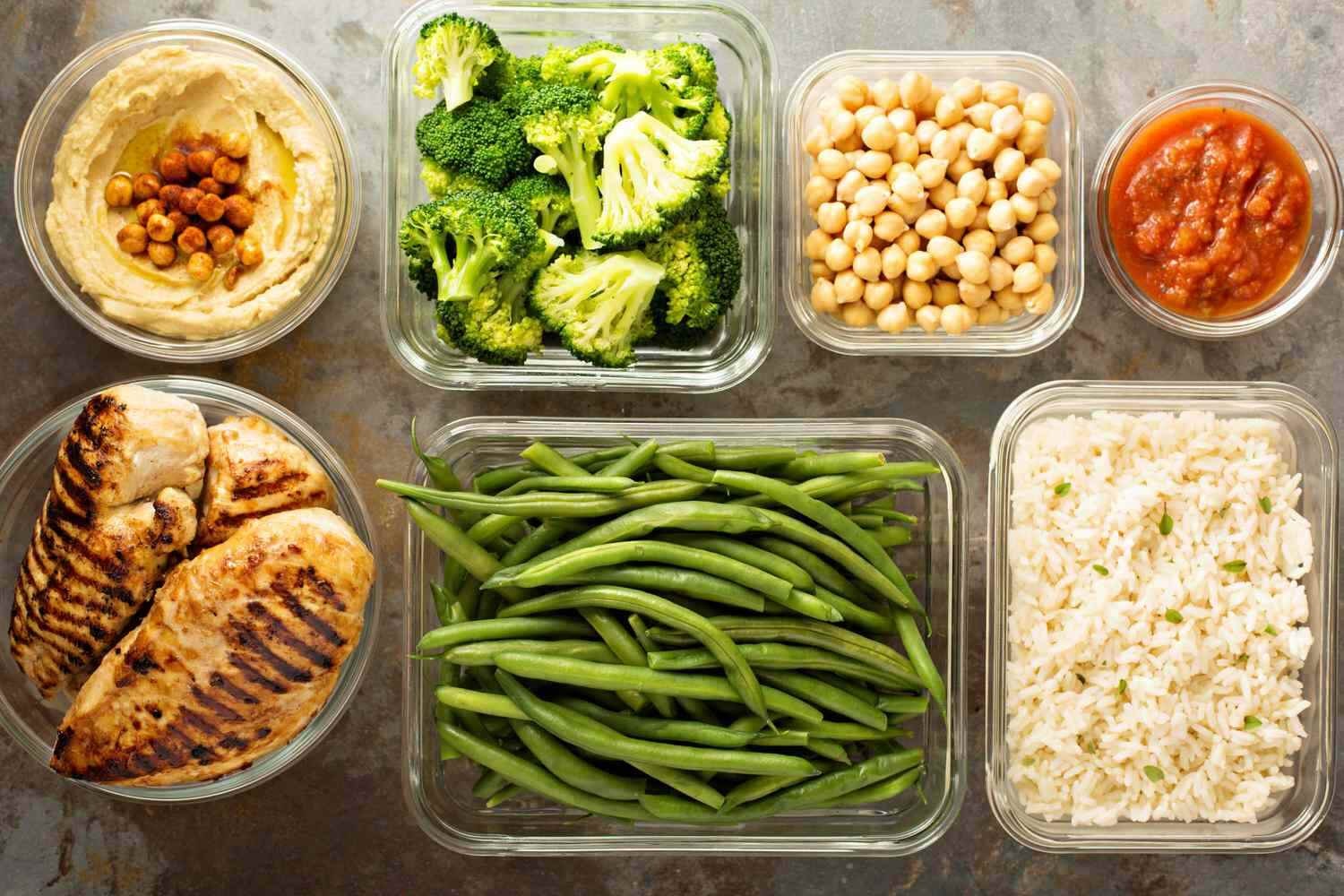
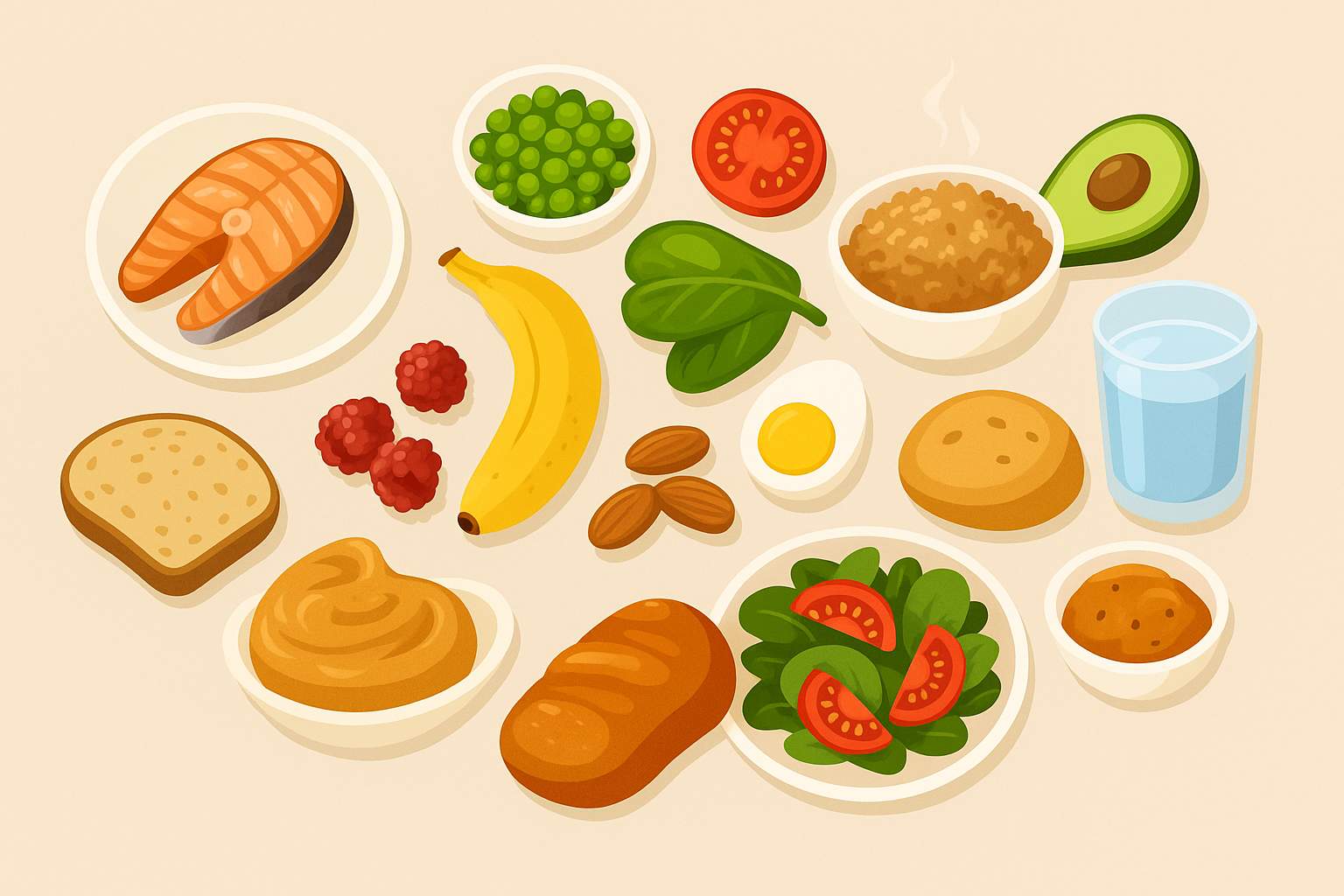
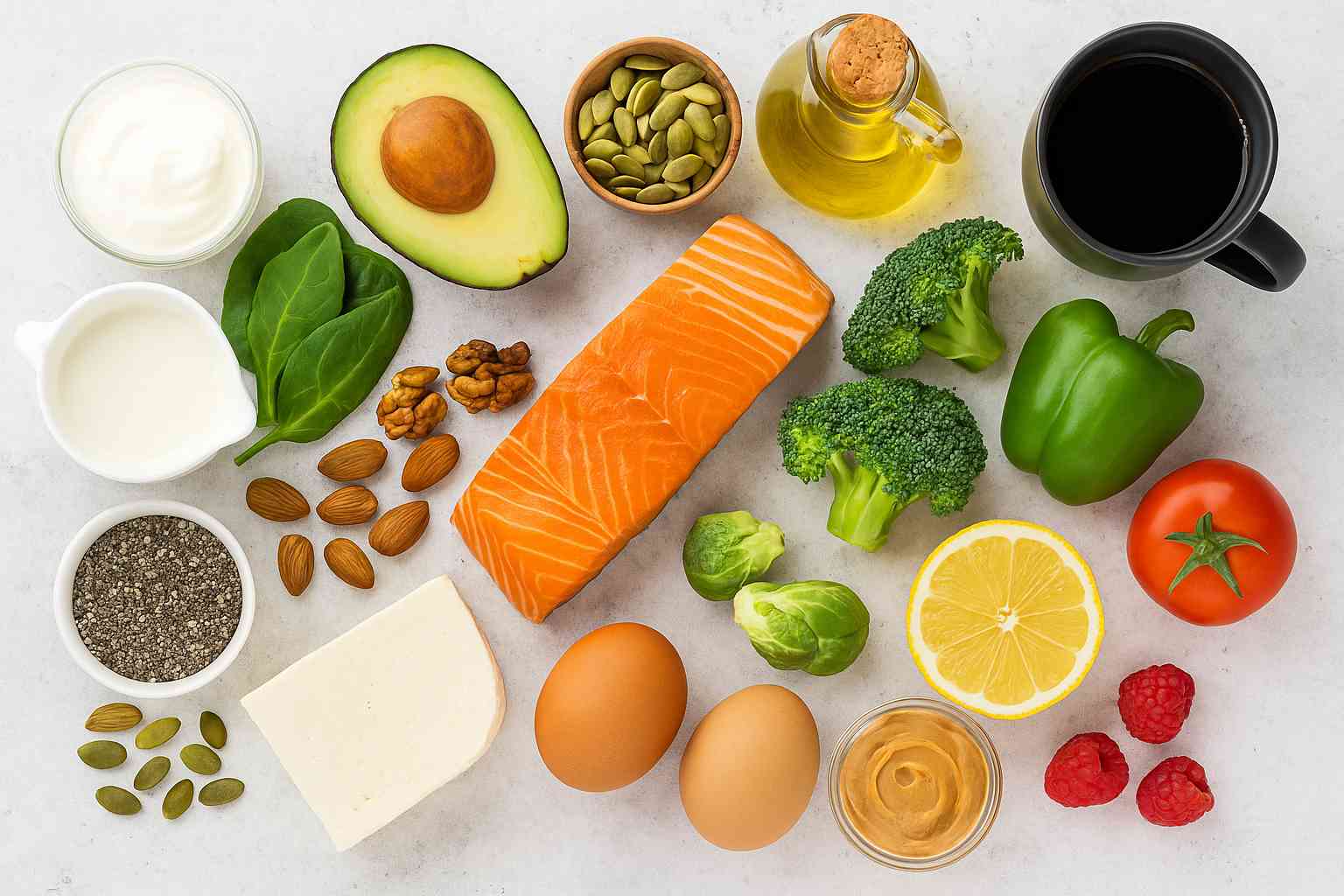



Leave a comment
Translation missing: en.blogs.comments.discription